Guy Planted Trees In The Same Place For Over 35 Years. Now Watch The UNTHINKABLE Transformation
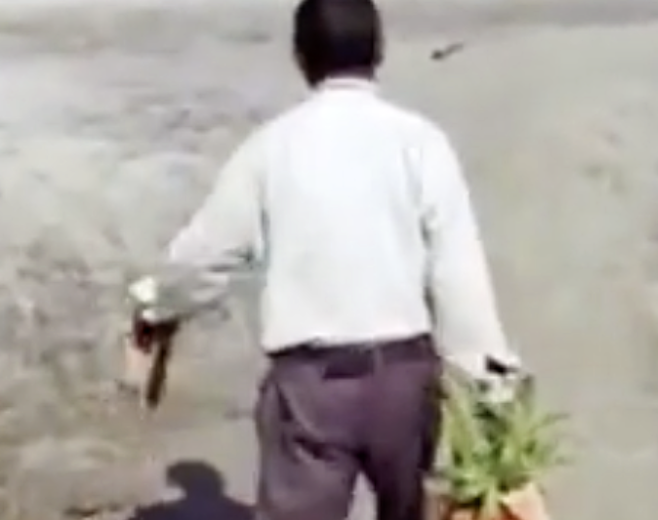
image via – rumble.com
Thirty seven years ago a 16 year-old boy named Jadav “Molai” Payeng planted a couple dozen bamboo seedlings in the ground o his home island of Majuli, in Assam, India. The world’s largest river island, Majuli was essentially a huge sandbar covered in wetlands that was eroding fast. With each passing year the surrounding river ate away at its banks and it was shrinking quickly in size.
Jadav had originally been motivated to plant the bamboo trees there after he had come across a bunch of snakes that had died from excessive heat exposure. Heavy flooding had stranded them on the tree-less sandbar and so he decided to plant the seedlings in hopes of providing a little shade for those who might need it. Soon afterwards he started working for a division of the social forestry program and over the next five years he planted more trees on the island as part of a government reforestation project. When that came to an end in 1984 all of the forestry workers left, everyone that is except for Jadav.
He chose to stay behind and spent the the rest of his life planting trees on the island. From that day back in 1979 all the way up and through now, he’d head out into nature and plant new ones. His drive was relentless and soon there was a thriving jungle on the island. In fact he planted so many trees, over 550 hectares of them, that the resulting Molai forest was even named after him!
Today the forest is larger than Manhattan’s Central Park and many rare species of animals and birds have returned. Endangered Bengal tigers, Indian rhinoceros, apes, birds, deer, a species of vulture not seen on the island in over 40 years, and 110+ elephants live there. Erosion has also slowed significantly because the tree roots help to fortify the island against the river and the annual floods that it brings.
In the end there is a wise lesson that can be learned from his endeavors. If you simply give a little each day, and dedicate your time and effort to a worthy cause, it will all come back to you ten-fold in both obvious and mysterious ways. So check out the video to see Mr. Payeng in action and catch a glimpse of his forest and please help spread his inspirational story and pass it on to your friends and family, they’ll love it!
Please SHARE This With Family and Friends 🙂
They Walked Past This Strange Plant But What Explodes Out Is UNTHINKABLE!
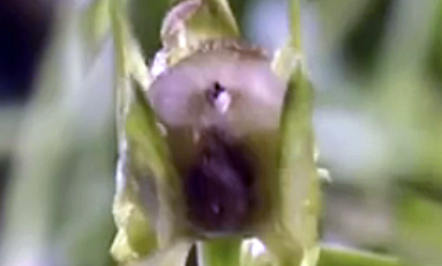
image via – youtube.com
When truly amazing videos come out on the internet from reputable institutions, such as the Smithsonian, showing us the proliferation that exists in nature, it is mind-blowing. This video footage, never seen before, from the Puerto Rico Trench is an example of such astounding actions within Mother Nature, that we would think we were watching science fiction.
What you are about to view just sounds impossible, but it is real! Exploding plants!! You are about to see how the smallest impetus in nature sets off explosions within certain plants that lead to their reproduction.
The main biological purpose of all living things is to reproduce. Nature makes that happen by the distribution and replication of seeds so that living things have the chance of having a legacy from generation to generation.
In the plant world the spreading of seeds occurs in many different and creative ways, fruits rely on animals and humans to be enticed by their sweetness, plucking them and then transporting them to another place to be replicated. Some plants rely on bees or wind to spread their seed.
The unique plants you are about to witness are not reliant on something else. Instead they are self-reliant; pressure within their own leaves allows them to be autonomous, by exploding their seeds out into the world.
This slow motion video of the action of several different varieties of such plants is truly amazing to behold. Enjoy this magnificent footage of nature in action.
Please Share this mind-blowing video with your friends
3 Toxic Chemicals Are Found In Almost Every Home. But THESE 8 Plants Will Purify The Air You Breathe!
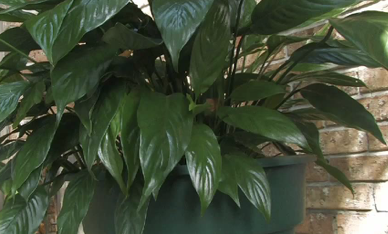
image via – youtube.com
Until I came upon the video you are about to watch below, I had no idea that air pollution that exists inside our homes is far more concentrated and dangerous for us, than outdoor pollution! This indoor pollution, according to the American Lung Association, is often overlooked and is caused by dangerous chemicals that can be found in almost every home.
The three most dangerous chemicals are: formaldehyde, benzene and trichloroethylene. These pollutants are often found in carpets, plastics and cleaning supplies, and exacerbate or cause allergies and asthma. So that’s the bad news. The good news is that a recent study by NASA revealed that there is a natural and esthetically pleasing way to detoxify the air in your home…a select group of POTTED PLANTS!
Some plants that do the trick in getting rid of pollutants are:
SPIDER PLANTS which get rid of formaldehyde; DRACAENA PLANT; FICUS TREES which eliminate benzene in the air; PEACE LILY which eradicates ammonia and other chemicals; RUBBER PLANTS removes carbon monoxide; BOSTON FERNS; POT MUMS and ENGLISH IVY.
These and other common potted plants will be discussed in the upcoming video, and will further explain how important it is for your respiratory health, to keep plants in your indoor environment. Let us know what you think and whether you will add more plants inside your homes.
Do you have these plant inside your house?
Please SHARE this with your family and friends
As The Plants Pressure Builds Seeds Are Exposed Then I Was Stunned When They Did THIS

Plants have evolved some unique ways to survive and prosper in every corner of the globe. Some give off horrible stenches to attract bugs to them so that they can pollinate it, like the corpse flower. Then there are those that are carnivorous and feast on insects, such as the Venus fly trap and pitcher plants. And now we can add plants that explode to the list, as the Smithsonian Channel has uploaded a video featuring this fascinating natural phenomenon. It may sound violent and harmful but the plants have a very good reason for developing the explosive tactics.
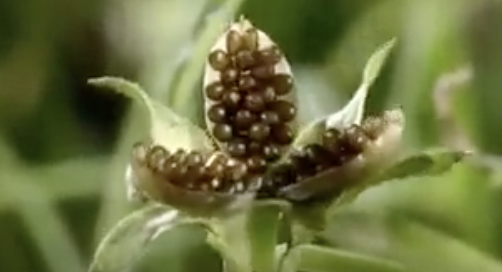
The plants shown in the video have evolved the tactic in order to disperse their seeds as far as away as possible from the mother plant. By dispersing seeds in this manner the plants can spread them anywhere from less than a foot away all the way up to 200 feet. That way the plants don’t have to rely on animals to eat them and spread the seeds by expelling them in their droppings. It also eliminates the need for the seeds to be light enough to travel and disperse by the wind, which is what many plant rely on to help scatter them far and wide.
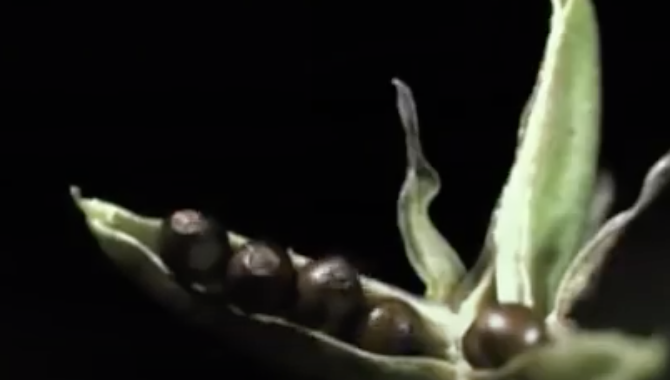
The Smithsonian footage shows three different plants exploding, including violets, touch me nots, and squirting cucumbers. The violet pods slowly dry out and shrivel up which causes the shrinking pods to squeeze the seeds until the pressure becomes too great and they burst open. That is when the seeds launch through the air and away from the plant. Touch me nots are similar in that they build up immense pressure until the slightest disturbance sets them off like a firework.
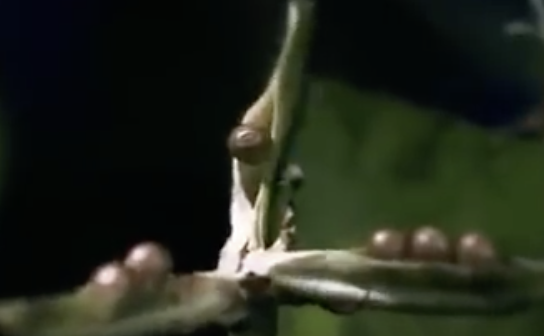
Even a tiny droplet of water falling onto one can be just enough of a contact that makes them explode. Finally, the coolest and craziest plant in the video is the squirting cucumber. When it becomes ripe it can be set off by the slightest vibration or disturbance. As the cucumber falls away from the plant it forcefully spurts out a steady stream of seeds and liquid. This ensures that all of the seeds get randomly spread out all around and away from the mother plant, and the next generation lives on.
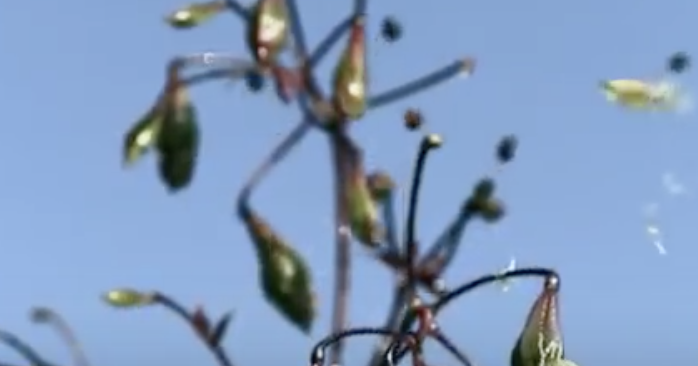
The awesome spectacle is neat to see, especially in slow motion. People like to say that mother nature always puts on a good show and that adage rings true here.
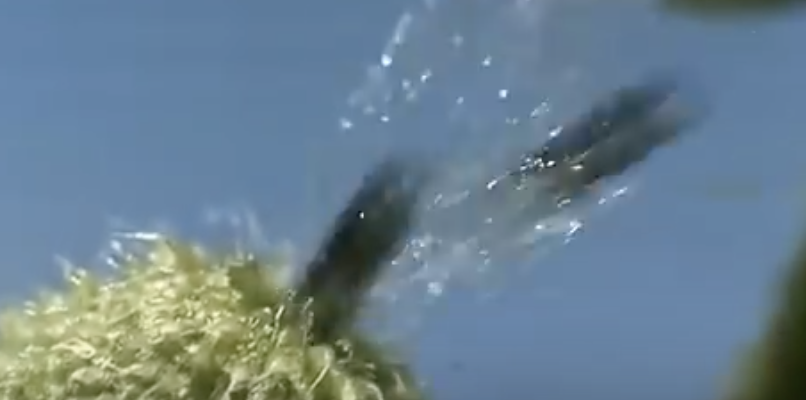
Please SHARE This With Family and Friends
Man Pours Water Into This Diaper. But The Reason Is Genius!
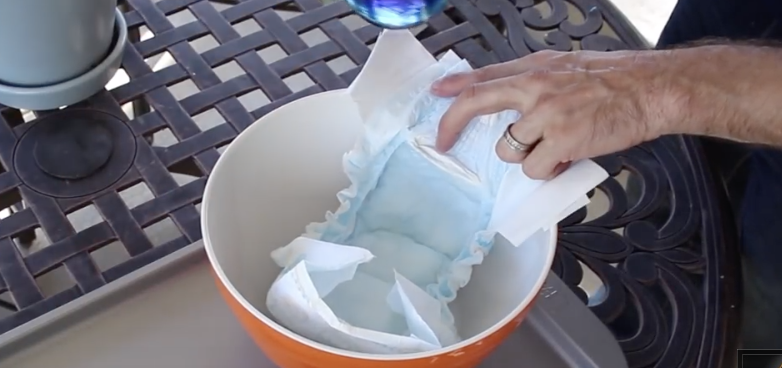
So here’s an unlikely pairing…an adult sized diaper to organically promote healthy plant growth! How does this work? This video illustrates how, out of one diaper, 12 cups or more of hydrogel can be produced. When this is mixed with potting soil it literally creates a “super-soil”!
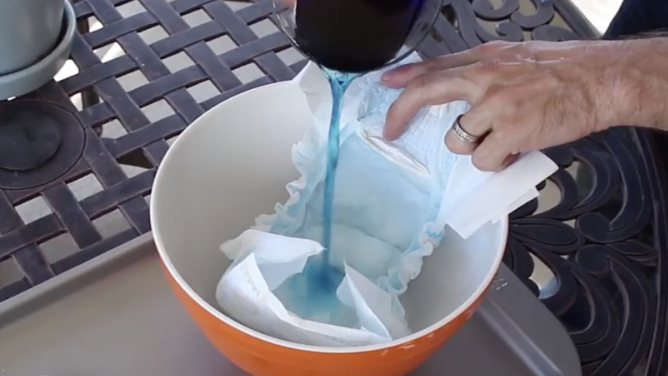
The soil/hydrogel mix produces super-absorbent soil that is capable of giving your plant the water it needs. Many of us kill our plants with over-watering. This mixture even prevents this from happening. It is ecologically and economically sound, as it both saves water and time. The gel is non-toxic.
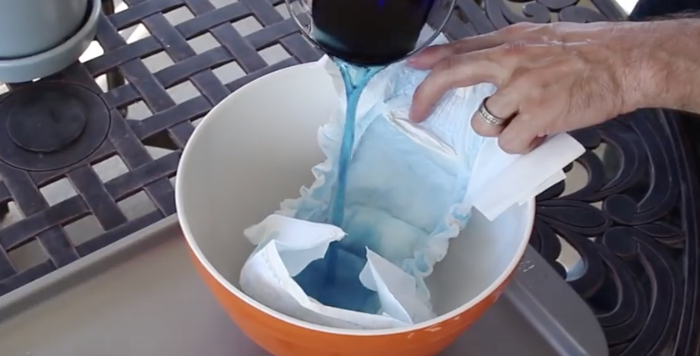
It never fails to amaze me how such simple ideas are thought of, and produce such miraculous results. As a person who loves growing plants and seeming them thrive, I will certainly try this! Watch this really cool video and let us know whether you will try this.
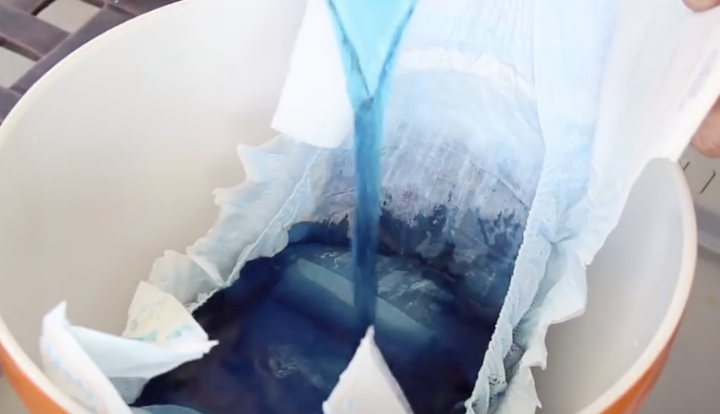
Please SHARE With Family and Friends
10 Gardening Life Hacks Everyone Should Know.
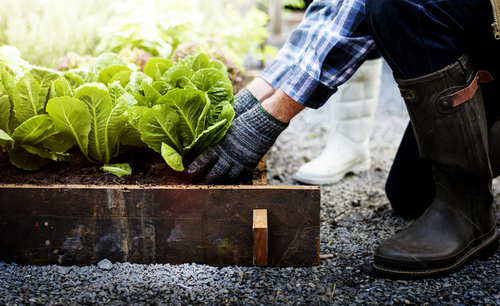
image via – shutterstock.com
This time of year is when everything starts to come alive again. The trees are beginning to bud, plants are starting to poke through the dirt, flowers are blooming, and the songbirds are out in full force. If you’re a gardener, that means it’s time to start digging in the dirt! Even if you aren’t a seasoned gardener, it’s not too late to get started. Who knows, once you try it, you may just end up falling in love with it!
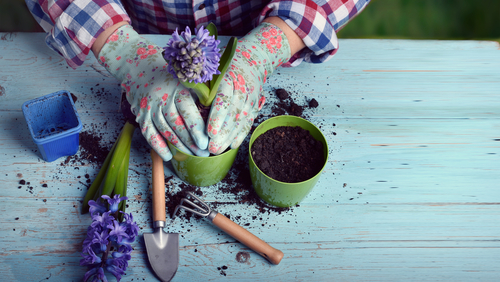
Gardening is a good for your health, your wallet, and the Earth. Many people find that it’s a very relaxing and rewarding way to spend some quality time outdoors and it helps to improve their mood and life. Not only that, fresh healthy foods like fruits and vegetables can be grown to your tastes and cost much less than the grocery store variety. Plus, foods that you have taken the time to grow yourself always taste a lot better!
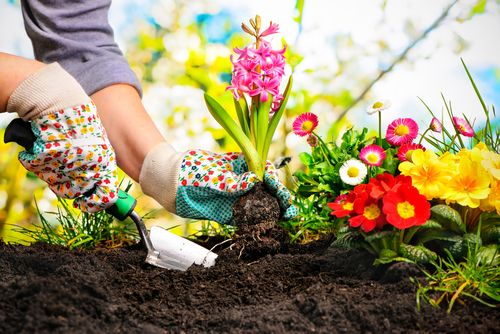
Beautiful, colorful flowers, green shrubbery, and ornamental plants can all help to liven up any yard and make it appear brand new. The possibilities for gardens are endless with thousands of varieties and combinations of seeds readily available. If you’re interested in learning more about gardening or making your green thumb greener, look no further. This video and what follows below are some super clever ways to help ease your garden along. They all use everyday items and objects that you probably already have on hand or can pick up at the store for cheap, so check them out. This year garden smarter, not harder!
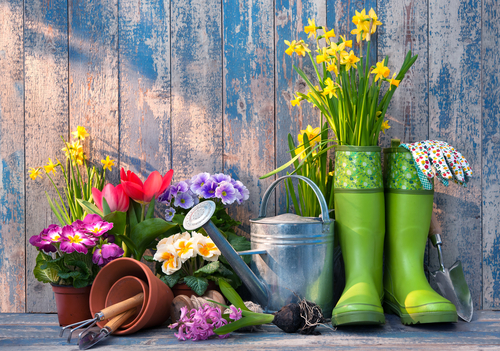
1. For plants that are sensitive to root disruption, such as beans and peas, use leftover cardboard tubes from paper towel and toilette paper rolls as planters. The tubes make transplanting much less stressful and ensures roots stay separate and untangled from one another.
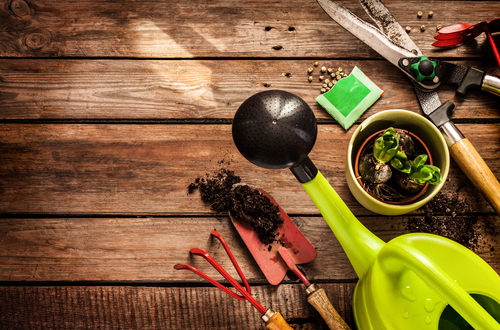
2. If you don’t have a lot of space to work with try making a vertical garden on a wall, fence, or other space. The video shows how to use gutters to create a wall garden by drilling holes in the bottom of them for drainage. Measure and cut them to size and then hang on wall brackets.
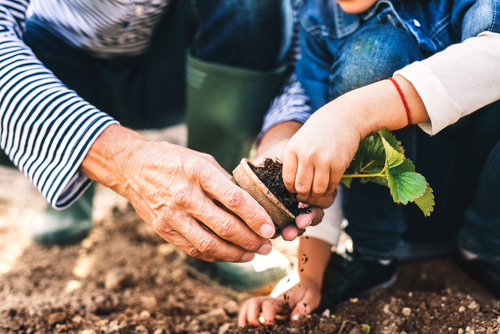
3. To help seeds germinate and sprout earlier soak them overnight in lukewarm water before planting. 4. For a technological and creative approach to gardening check out the available software and apps out there for planning and plotting out gardens. They’re really useful for both new and seasoned gardeners and have even been shown to reduce the chances of ending up with failed crops.
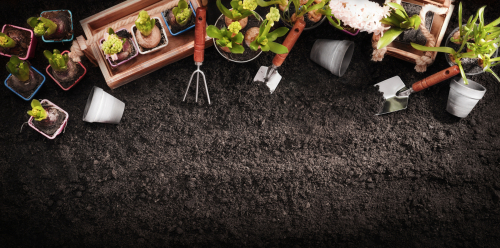
5. For neat rows of evenly spaced plants use a measuring stick. To always have one handy nearby make one out of a long wooden handled gardening tool marking off intervals on it.
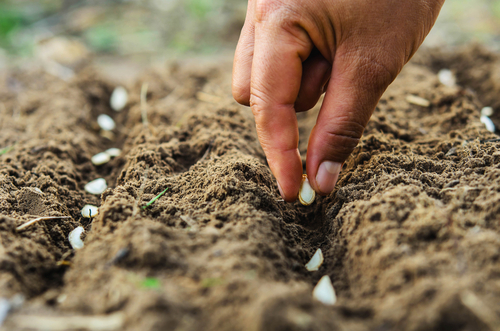
6. Keep track of plants by labeling what and where they are located. You can recycle last years labels by scraping off any old marker with sandpaper or use cheap Popsicle sticks, flat stones, or tiles as markers.
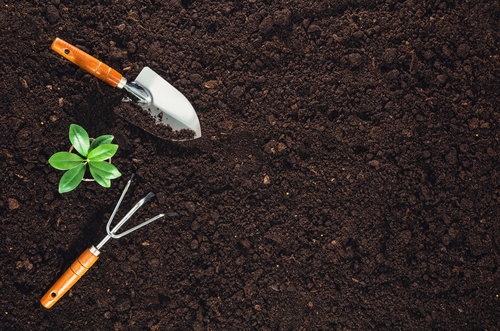
7. On cold nights where frost could be an issue you always need to protect sensitive seedlings. Cover them with a terracotta pot at night and simply uncover it the following morning.
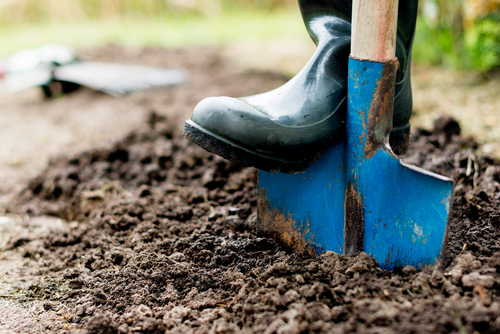
8. A very common pest that plants often get is aphids, which are also known by their nastier sounding name, ‘plant lice.’ To get rid of the tiny bugs wrap sticky tape around your hand and brush them off your plants. This will help pick the aphids off while keeping them off your hands as well.
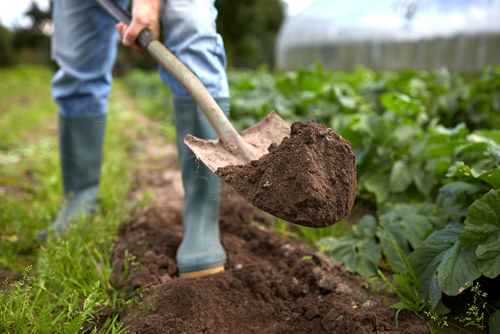
9. Make a super easy irrigation system by recycling old plastic water bottles. Punch a couple holes in the cap, cut the bottom off, insert it in the ground near the plant, and fill with water. This design allows water to slowly be released into the ground so it lasts longer, which is especially important and necessary if you are growing plants in hot, dry, arid conditions.
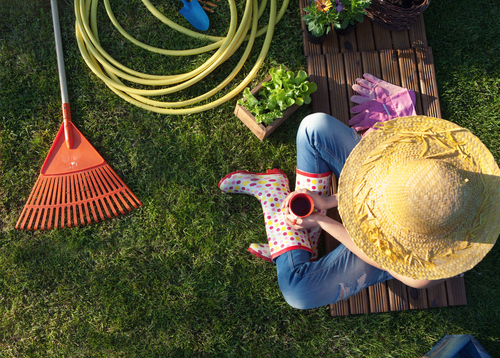
10. Recycle and reuse leftover water from cooking, like water used to boil veggies, and collect rainwater from your roof/eaves to help water your garden and decrease overall consumption. Every bit helps!
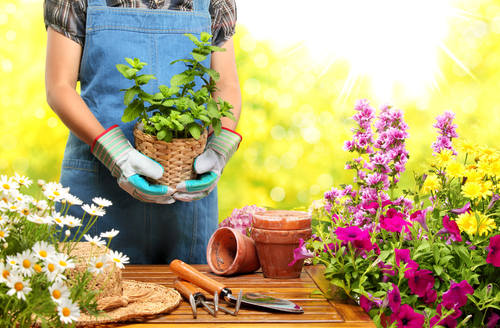
Please check out the video for more information and to get a better visual understanding of all the pointers covered here. Remember, don’t garden harder, garden smarter!
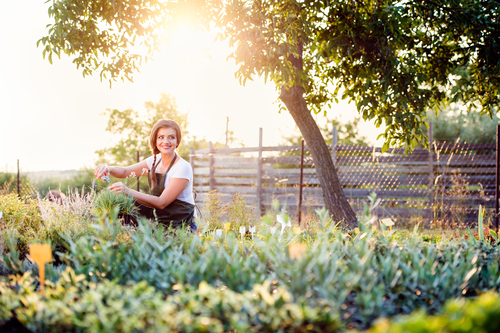
Please Share These Gardening Tips With Family and Friends 🙂




